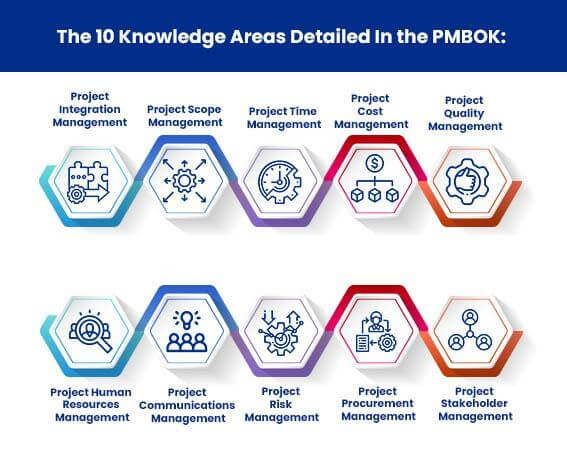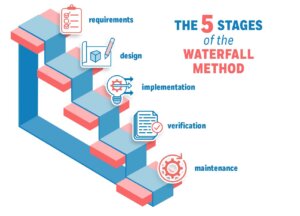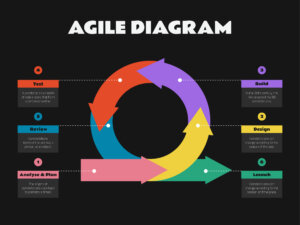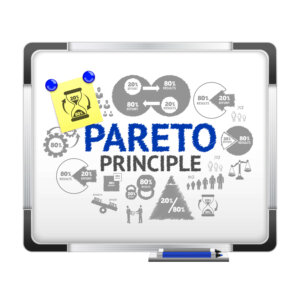One of the most important books in the project manager’s library is the Project Management Book of Knowledge. It contains processes that smooth any aspect of a project, grouped into five process groups or project management phases. While they don’t contain a specific method of organizing a project, they can be used with any sort of project management methodology.
Try some of the best project management software for small businesses.
Key Takeaways: Project Management Phases
- The five process groups described in the Project Management Body of Knowledge are initiating, planning, executing, monitoring and controlling, and closing.
- They might be used in many places in a project life cycle and are not sequential steps for completing a project.
- Despite not truly being project phases, they are often referred to as the 5 phases of project management.
- A project manager has to understand how and when to apply these processes.
- Processes have inputs and outputs, which can be documents, deliverables, or other items.
- Project management tools and techniques like the critical path method and a work breakdown structure can be used in these processes.
Overview: About Project Management
The definition of project management is straightforward: the use of skills, tools, and techniques to meet a project’s goals. A successful project manager meets objectives within the constraints of time, cost, and scope.
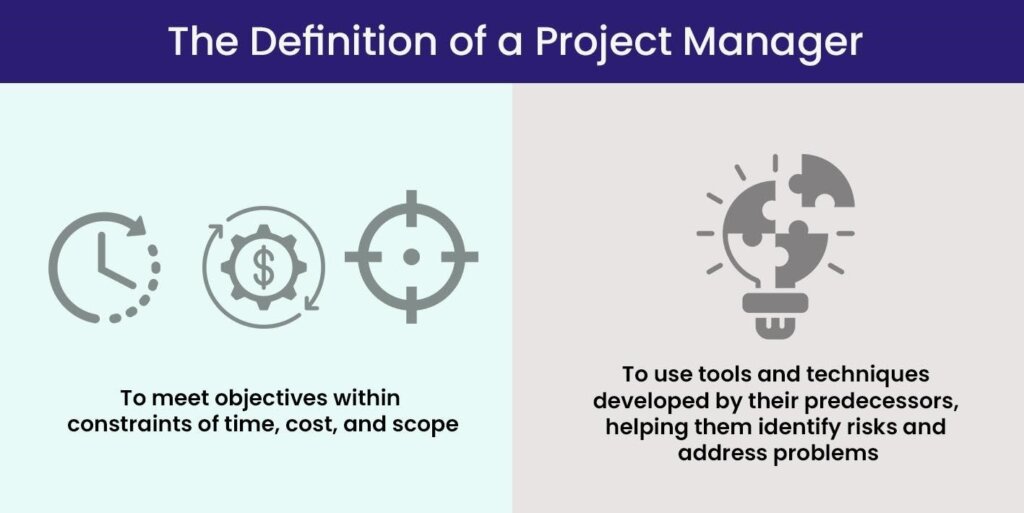
Today’s project managers use tools and techniques developed by their predecessors, helping them identify risks and address problems. They also help better allot valuable team members’ time, as well as other resources.
In the past, project management responsibilities might have been attached to another role or divided among the project team. It’s becoming more common for ‘project manager’ to be a separate discipline, one that relies on sophisticated concepts and tools.
Project Management Body of Knowledge (PMBOK)
In North America, the professional project management body is the Project Management Institute. As part of their mission to advance quality management in their profession, they released a guide that detailed a set of best practices for achieving a project’s objectives.
That first version of the PMBOK was released in the early 1980s and has been revised several times. It has become an often-cited text and an important reference in a project manager’s job, providing proven ways of improving project performance. Most of the information is arranged into process groups or areas of knowledge.
While the processes are important parts of the project management life cycle, they don’t detail separate phases of a project’s progress. However, we’ll discuss that a bit more further down.
Project Management Methodologies
Project management methodologies are sort of like generic project plans. They provide a set of related tools for keeping projects organized. They are often used by project managers as a starting point or template for planning the project. In the past, traditional or waterfall methodologies were more common.
Today, an IT project will commonly use Agile project management methods to cope with new challenges. Methods like these may provide ways to break projects up into different phases. However, the different process groups found in the PMBOK should work with any methodology, Agile or waterfall methodology.
Project Management Phases
It has become somewhat common usage to describe the five process groups found in the PMBOK as the five phases of project management. Those project management process groups are:
Today’s project managers use tools and techniques developed by their predecessors, helping them identify risks and address problems. They also help better allot valuable team members’ time, as well as other resources.
In the past, project management responsibilities might have been attached to another role or divided among the project team. It’s becoming more common for ‘project manager’ to be a separate discipline, one that relies on sophisticated concepts and tools.
Project Management Body of Knowledge (PMBOK)
In North America, the professional project management body is the Project Management Institute. As part of their mission to advance quality management in their profession, they released a guide that detailed a set of best practices for achieving a project’s objectives.
That first version of the PMBOK was released in the early 1980s and has been revised several times. It has become an often-cited text and an important reference in a project manager’s job, providing proven ways of improving project performance. Most of the information is arranged into process groups or areas of knowledge.
While the processes are important parts of the project management life cycle, they don’t detail separate phases of a project’s progress. However, we’ll discuss that a bit more further down.
Project Management Methodologies
Project management methodologies are sort of like generic project plans. They provide a set of related tools for keeping projects organized. They are often used by project managers as a starting point or template for planning the project. In the past, traditional or waterfall methodologies were more common.
Today, an IT project will commonly use Agile project management methods to cope with new challenges. Methods like these may provide ways to break projects up into different phases. However, the different process groups found in the PMBOK should work with any methodology, Agile or waterfall.
Project Management Phases
It has become somewhat common usage to describe the five process groups found in the PMBOK as the five phases of project management. Those project management process groups are:
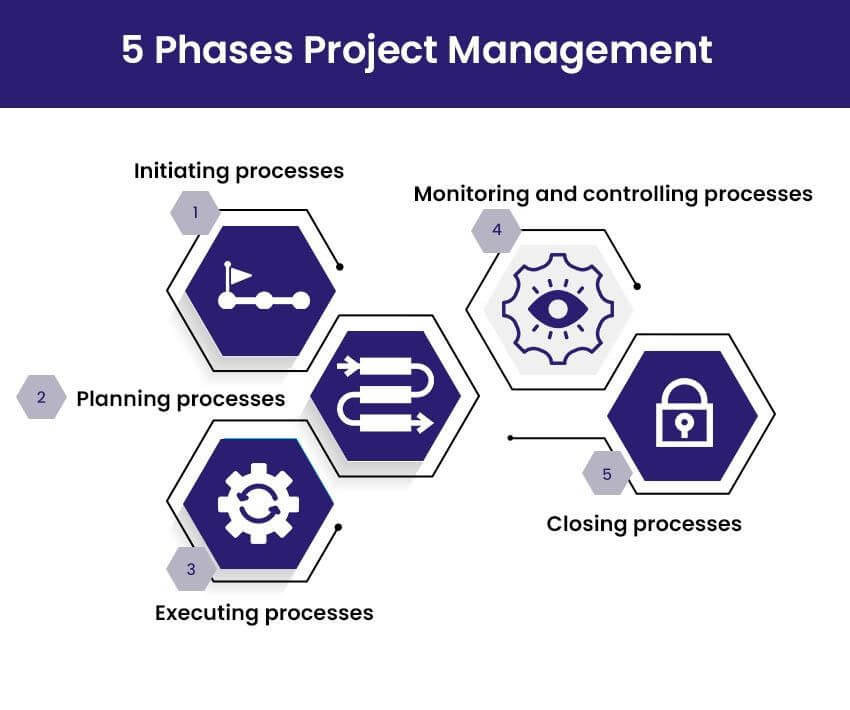
- Initiating processes.
- Planning processes.
- Executing processes.
- Monitoring and controlling processes.
- Closing processes.
However, as the PMBOK itself states, these process groups are not project phases. It may seem like a fussy distinction in the project management life cycle. However, confusing these two labels means missing out on a lot of the project management process groups’ utility.
Phases vs Processes
It may help to think of phases as stages of project completion. In the project planning phase, the project sponsors provide the project goals and the overall project plan is laid out. The business case may be analyzed before the project gets the green light.
With each of the project stages or phases, the project gets closer to completion. The first phase may also involve choosing a project manager and onboarding team members. In later stages, key milestones are met as work is executed.
Initiation processes are used during project initiation, during the first steps of creating a plan. However, they also may be used whenever a new aspect of a project begins. Closing processes may be used at the end of one phase and Initiating processes used at the beginning of the next.
The processes aren’t tied to specific project phases and can be used wherever they’re needed. Instead, processes produce inputs and outputs that can take the form of documentation, deliverables, and more.
Project Initiation Processes
The output of initiation processes is not going to be a comprehensive project plan, nor will you be creating tasks yet. Initiating processes may be appropriate throughout the project lifecycle, whenever a new aspect needs the authorization to begin.
Obviously, they are useful in the planning phase of a project. The PMBOK refers to the two processes under this group as:
- Develop project charter.
- Identify stakeholders.
However, they could be restated as answering two questions:
- What is the project doing?
- Who might be interested?
Project managers may not be involved in some initiating process, as a project manager may not be hired immediately. Likewise, the project team may not be initially involved. However, that doesn’t mean they won’t use the Initiating processes.
Additionally, specific tasks aren’t liked to process groups. A feasibility study might be wise at the start of a project, but it’s not a process. In fact, it may be viewed as a project of its own, therefore using its own initiating processes, and so forth. Producing project documentation could also be considered a project itself, requiring processes from each of the phases of project management.
Develop Project Charter
A project charter outlines the initial requirements requested by the project sponsor, which often describe project objectives. However, the charter is not a complete project plan, lacking the detail required. A charter also formally authorizes the project’s beginning.
While the charter is first developed in the initial stages of a project, this process can be used whenever a new aspect of a project begins.
Identify Stakeholders
Anyone the project affects may be considered a stakeholder. For example, stakeholders in an IT project for a hospital might include the hospital administration, doctors and other staff, patients, government agencies, other local healthcare organizations, etc.
An exhaustive list can quickly become unwieldy. However, identifying stakeholders early allows project managers to ascertain their needs from the start, reducing the chances of change later.
This process can also be used at any point in the project management life cycle, particularly when considering potential changes.
Project Planning Processes
Planning processes accept inputs developed in the Initiation phase or process group, the project charter, and stakeholder registry. Those inputs are then expanded into several outputs, in the form of a more detailed plan, described clearly in the project documentation. A project strategy may already have been determined or be part of the planning stage.
As you would expect, the planning documents are used as inputs for some processes in the execution phase. However, remember that the process groups aren’t sequential steps in the project management life cycle. Planning outputs may also be used in project monitoring and controlling, for example.
Some example processes include:
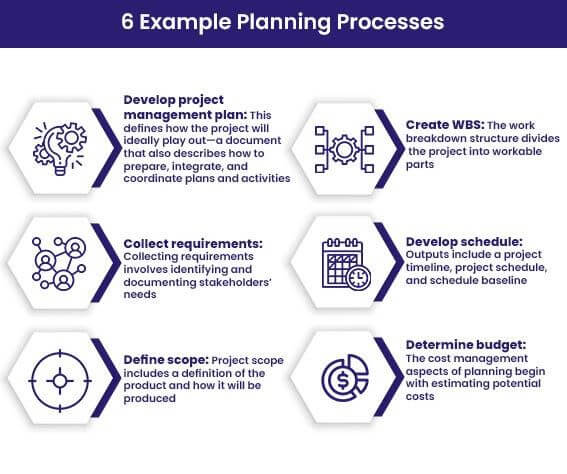
- Develop project management plan: The project management plan defines how the rest of the project will ideally play out. It is a document that also describes how to prepare, integrate, and coordinate plans and activities.
- Collect requirements: Collecting requirements involves identifying and documenting stakeholders’ needs.
- Define scope: Project scope includes a definition of the product and how it will be produced.
- Create WBS: The work breakdown structure (sometimes improperly called work breakdown schedule) divides the project into workable parts.
- Develop schedule: Outputs include a project timeline, project schedule, and schedule baseline. Many project management tools were developed to aid in these processes, from a basic Gantt chart to sophisticated project management software.
- Determine budget: The cost management aspects of planning begin with estimating potential costs. Those estimates are used to produce an estimated budget for the project.
Project Execution Processes
The execution phase or processes describe how to meet the project demands and produce the final deliverables. In other words, how to actually meet objectives and produce a finished project.
Some processes are quite broad. For example, the directing and managing process would include assigning a task to a team member, tracking the task status, and reporting tasks completed. While there aren’t as many processes in this group, they will probably be the most expensive and time-consuming aspects of the project.
Monitor and Control phase processes run alongside execution processes, tracking performance and progress.
Some example processes include:
- Direct and manage project execution: The overall process to manage projects and project execution, from start to final phase.
- Acquire project team: While some team members may have been assembled earlier in the project, with a firm project plan, a complete team can be obtained.
- Manage stakeholder expectations: Stakeholders identified in the initiation phase process may raise issues in the course of the project management life cycle. This process describes addressing those issues.
- Distribute information: Make stakeholders aware of pertinent information, following the communication plan. Project management software often has tools devoted to distributing information.
Project Monitoring and Controlling Processes
Monitoring and controlling processes will be performed throughout the entire project, alongside Initiating, Executing, and Closure phase processes. Controlling processes are focused on collecting project performance information to better manage the project. Useful in any successful project, it is vital in more complex projects.
Among these processes are some active aspects of the risk management plan, including activating risk response plans, tracking known risks, and identifying new ones. The outputs from these processes can be useful in future projects, constituting a record of what did and did not work.
Some example processes include:
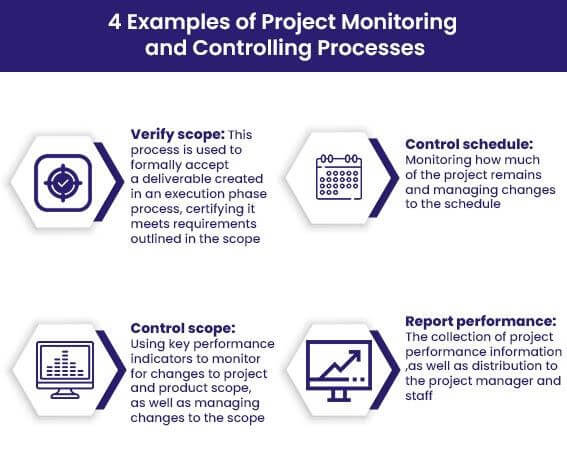
- Verify scope: This process is used to formally accept a deliverable created in an execution phase process, certifying it meets requirements outlined in the scope.
- Control scope: Using key performance indicators to monitor for changes to project and product scope, as well as managing changes to the scope.
- Control schedule: Monitoring how much of the project remains and managing changes to the schedule.
- Report performance: The collection of project performance information, as well as distribution to the project manager and staff.
Project Closure Processes
In addition to being the last of the project life cycle phases, closure processes can be used at the end of any aspect of a project. All the deliverables created during project execution have been transferred and the project manager is wrapping up any final details.
It may also include a review and documentation of any lessons learned.
Close Project or Phase
As the name implies, the closure phase is used at the end of any part of the project life cycle. It may include the release of any remaining team members and the completion of contractual obligations.
In the strictest sense, the project may have ended before project closure processes are needed. However, there may be loose ends that need to be addressed.
Close Procurements
Procurements may need to continue right up until the end of the project management life cycle. If you imagine the ending of a project like the cleaning out of an office, the last thing you do as you leave is turn off the lights. This process ensures project managers pay the last electrical bill.
Frequently Asked Questions (FAQs) for Project Management Phases
Final Thoughts: Project Management Phases
The strength of the five process groups or project management phases is that they can be used in the context of just about any project. They provide process templates that can be filled in to meet specific needs. However, alone they may not provide every tool needed for good project management.
 Sections of this topic
Sections of this topic
